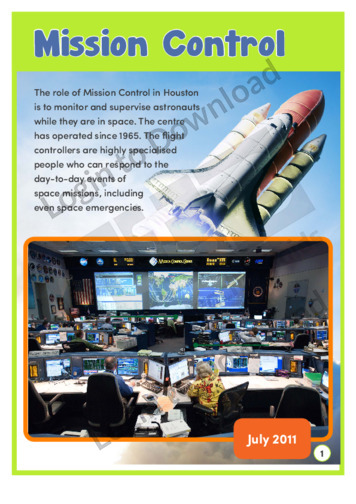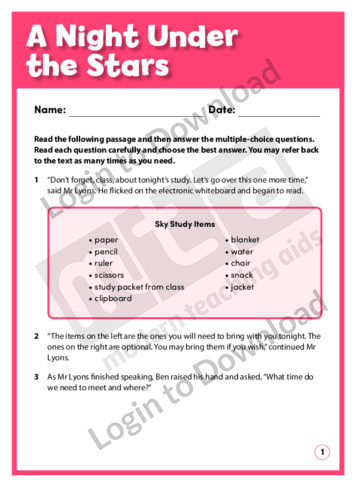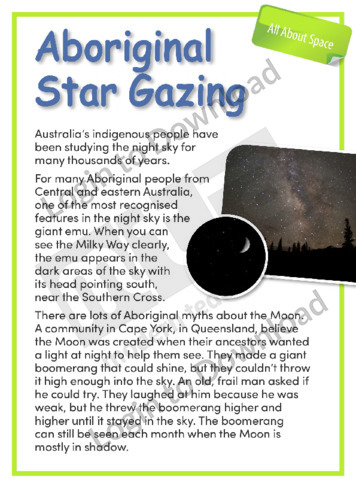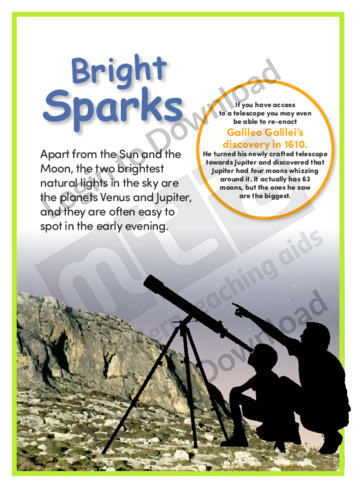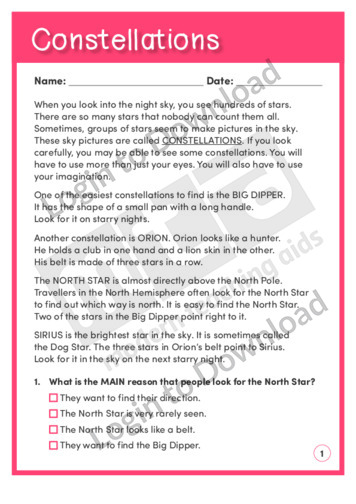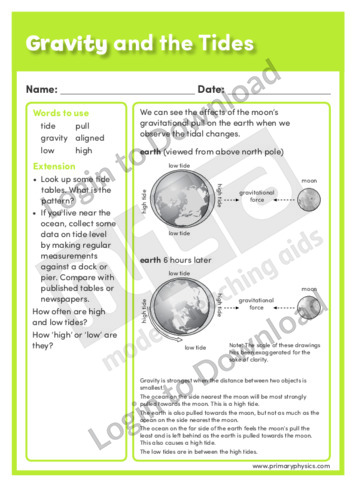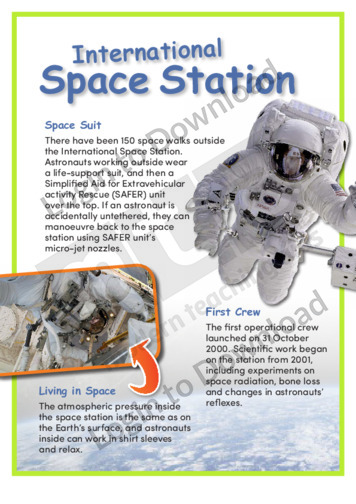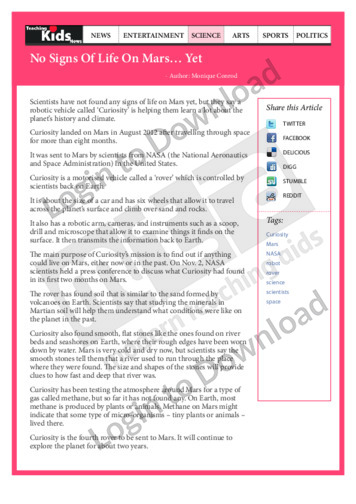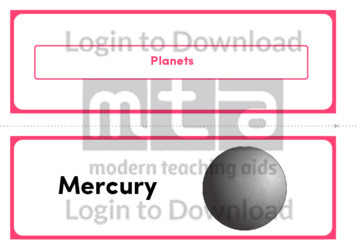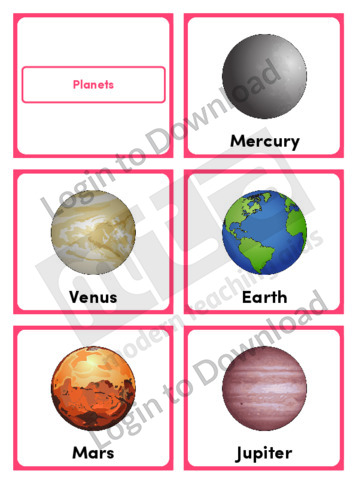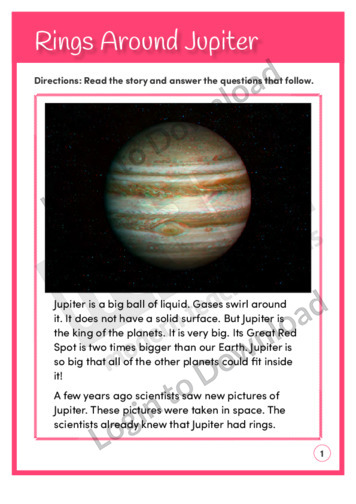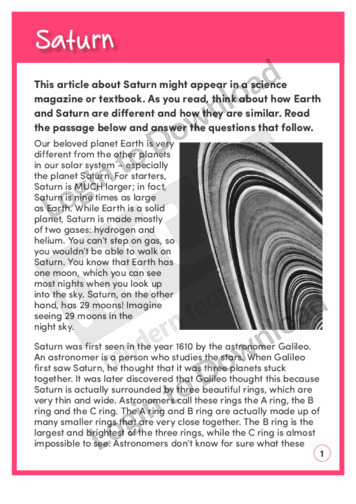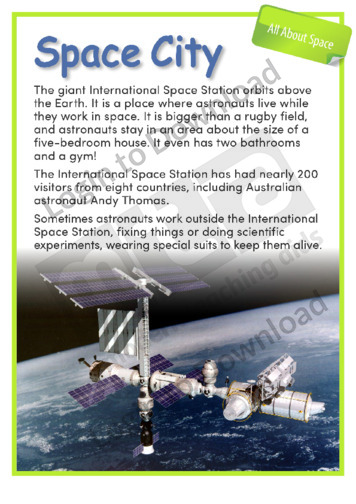This story, ‘A Night Under the Stars’ describes the preparation and excitement as a class explores the night sky. It provides opportunities for students to practise vocabulary and comprehension skills. Answer sheet provided with file download.
This article, ‘All About Space: Aboriginal Star Gazing’, provides information about the history of Australian Aboriginal star gazing. It tells an Aboriginal myth about how the Moon first appeared in the sky.
This reading comprehension activity, ‘Alan Shepard: First American in Space’ asks students to answer comprehension questions about American astronaut Alan Shepard. It is aimed at developing students’ awareness of semantics and encourages them to recall information and draw conclusions.
This article, ‘All About Space: Animals in Space’, profiles different animals that have been to space. It provides factual information about these animals and includes colourful and engaging photographs.
This reading comprehension activity, ‘Back to the Moon!’, asks students to answer comprehension questions on a text about rocket scientists researching the Moon.
This article, ‘Venus and Jupiter: Bright Sparks’, describes the planets Venus and Jupiter. It provides factual information about these planets and includes colourful and engaging photographs.
This profile, ‘Col. Chris Hadfield’, features important factual background information about the famous Canadian astronaut. It is aimed at broadening students’ historical and cultural awareness in an engaging manner, and could be used a prompt for further discussion or study about Canada.
This reading comprehension activity, ‘Constellations’ asks students to answer questions about constellations, or groups of stars that make pictures in the sky. It is aimed at increasing students’ awareness of semantics and encourages students to recall information, make comparisons and think about word meanings.
This Writing Traits activity ‘Using Quotations Correctly’ encourages students to recognise how quotations enhance writing and how to correctly punctuate quotations.
This article, ‘Dogs in Space’, describes the first dog to go to space. It provides factual information about this mission and features a photograph of Laika.
This kids news activity, ‘First Human Colony Planned For Mars’ reports on an international project to establish a human settlement on Mars.
This hands-on activity, ‘Gravity and Orbits 1’ asks students to draw the orbit of a planet around the sun and investigate the relationship between distance and the force of gravity.
This hands-on activity, ‘Gravity and the Tides’ asks students to investigate the effects of the moon’s gravitational pull on the earth when we observe tidal changes.
This reading comprehension activity, ‘Great Ball of Fire!’, is available at two different reading levels to allow for differentiated instruction. It asks students to answer comprehension questions on a text about the Sun and solar power.
This article, ‘International Space Station’, describes the International Space Station. It provides factual information and includes colourful and engaging photographs.
This article, ‘All About Space: Jupiter’, describes the planet Jupiter. It provides factual information and includes colourful and engaging photographs.
This Earth Science worksheet, ‘Lighting the Moon’ asks students carry out an experiment to understand the way we see light in the solar system.
This reading comprehension activity, ‘The Night Sky’, asks students to answer comprehension questions on a text about people seeing a meteor storm.
This content area reading activity, ‘Many Moons’ is a science based reading comprehension exercise encouraging students to recognise the use of lists as a reading device.
This article, ‘All About Space: Mars’, describes the planet Mars. It provides factual information and includes colourful and engaging photographs.
This article, ‘All About Space: Meet an Astronaut’, features an interview with astronaut Andy Thomas. Andy describes what it is like to be an astronaut and provides advice for young people who want to follow their dreams.
This article, ‘All About Space: Meet an Astronomer’, features an interview with astronomer Fred Watson. Fred describes what it is like to be an astronomer and shares some interesting facts about astronomy.
This kids news activity, ‘Meteorite Lands In Russia’ reports on a destructive sonic boom event over a Russian town, caused by a meteorite explosion.
This Earth Science worksheet, ‘Moon Watch’ asks students to observe and record the phases of the Moon. It supports an understanding of the solar system.
This quick reference chart, ‘Motion’ provides a visual summary on the scientists who discovered the basics of movement.
This kids news activity, ‘New Space Mission Will Study Asteroid In 2018’ reports on a NASA and Canadian Space Agency project aimed at studying a piece of an asteroid.
This hands-on activity, ‘Newton’s 1st Law of Motion 1’ asks students to investigate the concept of the first law of motion through experimenting with seat belts.
This hands-on activity, ‘Newton’s 2nd Law of Motion 1’ asks students to investigate the concept of Newton’s second law of motion and the effect of using force to move a heavy and light ball.
This hands-on activity, ‘Newton’s 3rd Law of Motion 1’ introduces the concept of Newton’s third law of motion and asks students to form pairs and practice Chinese get-ups by pushing on each other with equal force.
This photo activity card, ‘Northern Lights’, provides integrated thematic vocabulary and oral language development activities on the topic of aurora borealis. It is aimed at broadening students’ awareness of this natural wonder which occurs in northern Canada and can be used as a prompt for further discussion or study of Canada.
This set of flashcards,’Planets’ supports vocabulary development about the planets. Topic based flashcards are a great tool for teachers or parents to build a child’s vocabulary and improve word association. Browse over 200+ thematic flashcards and make learning fun!
This set of flashcards,’Planets’ supports vocabulary development about the planets in our solar system. Topic based flashcards are a great tool for teachers or parents to build a child’s vocabulary and improve word association. Browse over 200+ thematic flashcards and make learning fun!
This set of flashcards,’Planets’ supports vocabulary development about the planets. Topic based flashcards are a great tool for teachers or parents to build a child’s vocabulary and improve word association. Browse over 200+ thematic flashcards and make learning fun!
This set of flashcards,’Planets’ supports vocabulary development about the planets. Topic based flashcards are a great tool for teachers or parents to build a child’s vocabulary and improve word association. Browse over 200+ thematic flashcards and make learning fun!
This reading comprehension activity, ‘Rings Around Jupiter’, asks students answer comprehension questions on a text about Jupiter and its moons.
This reading comprehension activity, ‘Rings Around Jupiter’, asks students answer comprehension questions on a text about Jupiter and its moons.
This profile, ‘Roberta Bondar’, features important factual background information about the first Canadian woman to go to space. It is aimed at broadening students’ historical and cultural awareness in an engaging manner, and could be used a prompt for further discussion or study about Canada.
This article, ‘All About Space: Saturn’, describes the planet Saturn. It provides factual information and includes an engaging photograph.
The reading comprehension activity, ‘Saturn’ asks students to answer comprehension questions about the planet Saturn. It is aimed at developing students’ awareness of semantics and encourages them to recall information and the main idea.
This set of flashcards,’Space’ supports vocabulary development about space. Topic based flashcards are a great tool for teachers or parents to build a child’s vocabulary and improve word association. Browse over 200+ thematic flashcards and make learning fun!
This vocabulary activity, ‘Space’ supports vocabulary development by encouraging students to match space vocabulary to relevant definitions or descriptions.
This set of flashcards,’Space’ supports vocabulary development about space. Topic based flashcards are a great tool for teachers or parents to build a child’s vocabulary and improve word association. Browse over 200+ thematic flashcards and make learning fun!
This set of flashcards,’Space’ supports vocabulary development about space. Topic based flashcards are a great tool for teachers or parents to build a child’s vocabulary and improve word association. Browse over 200+ thematic flashcards and make learning fun!
This set of flashcards,’Space’ supports vocabulary development about space. Topic based flashcards are a great tool for teachers or parents to build a child’s vocabulary and improve word association. Browse over 200+ thematic flashcards and make learning fun!
This article, ‘All About Space: Space City’, describes the International Space Station. It provides factual information and includes a colourful and engaging photograph.
This Earth Science worksheet, ‘Space Map’ asks students to imagine where some objects might be found in space. It supports an understanding of the solar system.
This article, ‘All About Space: Stars’, provides information about stars. It features some interesting facts about stars and includes colourful and engaging photographs.
This article, ‘All About Space: Telescopes’, provides information about telescopes. It features some interesting facts about telescopes and includes colourful and engaging photographs.
This text, ‘Telling the Time With the Sun’ explains why and how we can use the Sun to tell the time. It gives instructions for making a simple sundial. It provides opportunities for students to practise vocabulary and comprehension skills. Answer sheet provided with file download.
This article, ‘All About Space: The Fastest Spacecraft’, describes the launch of the fastest spacecraft. It provides factual information about New Horizons and includes colourful and engaging photographs.
This article, ‘The Fastest Spacecraft in the Universe’, provides information about the fastest spacecraft, New Horizons. It features interesting facts about this technological innovation and features colourful and engaging photographs.
It�s that easy!

